Heat detection rate and conception rate are the two major determinants for compactness of calving. If a proportion of cows fail to conceive in a defined breeding season window, it will be difficult to maintain a 365-day calving interval.
10% of failure to detect heat due to ‘cow’ problems, 90% due to ‘management issues'
1. Signs of heat
Cattle standing to be mounted by herd mates or bulls is the most definite and accurate sign that a cow is in heat. Standing heats may not always be observed, so stockpersons can use other signs of heat in making a decision as to whether or not to inseminate cattle. These secondary signs of heat may indicate that a cow/heifer is coming in heat, in which case closer attention should be given to her over the following 24-48 hours, or they may indicate a recent heat, in which case she should be given close attention in 17-20 days time.
Discharge of clear mucus: The passing of long, clear mucus from the vulva indicates imminent heat, whereas a thicker, cloudier mucus indicates a recent heat. Restlessness: Signs of increased walking, trailing of other cattle, or bellowing are distinctive of an individual cow/heifer that may be close to heat or in heat. Mounting other cattle: Cattle that mount other cattle may be in heat or approaching heat. Generally cattle in mid-cycle of their oestrous or ones that are in calf perform mounting activity much less frequently.Swelling or reddening of vulva: This is associated with hormonal changes when the animal is in heat. Increased blood supply to the reproductive organs causes swelling and reddening of the vulva. Hair loss and dirt marks: As a result of frequent mounting by herd mates, the hair on the tail-head is usually removed and the skin on either side of the tail-head is often dirty and scarred. This would indicate the animal was recently in heat. Blood stains on the tail or vulval area: This is a sign of recent heat. Signs of this should be recorded and the cow should be watched closely in 17-20 days time. Decreased feed intake: Animals in heat or approaching heat spend less time feeding. 2. Heat detection timing
One mount typically lasts for 2-3 seconds, 70% of heats are displayed from 9pm at night to 7am in the morning. Teagasc research has shown that by observing cattle four times a day for 20 minutes, a total of 80 minutes in a day, a heat detection rate of 98% can be achieved. However, not a lot of farmers can afford to spend this amount of time observing cattle, meaning heat detection aids are vital to achieving a high heat detection rate.
3. Heat detection aids
There are many heat detection aids on the market, which when used correctly can greatly increase the chances of heat detection.
Tail paint.
Tail paint. Scratch cards. Vasectomised bull with chin ball.Flashmate.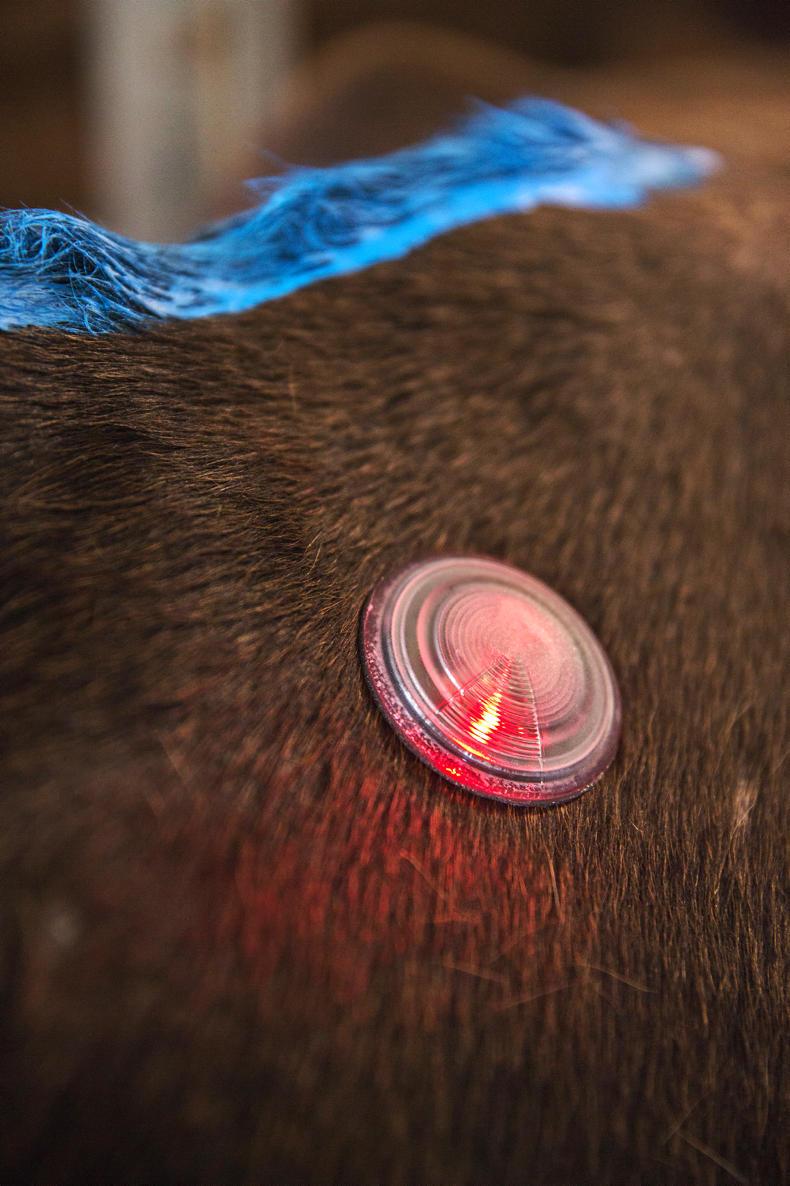
FLASHMATE heat detection sensors. Mooheat.
Mooheat collars. 4. Timing of AI
Timing of AI is a vital factor in achieving high conception rates. A cow/heifer will usually ovulate 18 hours after a standing heat. The best time to AI a cow is 12 hours after standing heat, so using the am/pm rule can come in handy here. A cow that is showing a standing heat at 8am could be ideally artifically inseminated at 8pm. Research has shown that cows tht are artifically inseminated earlier or later than this time have a lower chance of conception rate.
5. Identifying problems
During the breeding season it is important to regularly check on heat detection efficiency (submission rate) and particularly to identify and possibly treat any cows that are calved more than eight weeks and not yet inseminated.
Submission rate is calculated as the proportion of cows calved at the beginning of the breeding season that are intended for re-breeding and that are submitted for insemination. A submission rate of at least 80-90% should be achieved in the first 21 days of the breeding period. A submission rate of less than 80% indicates a problem with heat detection or a high proportion of cows not cycling. Diagnosis of this problem at an early stage allows corrective action be taken before much of the breeding period has passed. Similarly, conception rates, measured initially by non-return rates or cows 30 days bred, and later by scanning results, should be monitored.
Read more
New tool for farmers for heat detection
Top five animal health tips this week
Farmer Writes: calving ends and breeding begins
Heat detection rate and conception rate are the two major determinants for compactness of calving. If a proportion of cows fail to conceive in a defined breeding season window, it will be difficult to maintain a 365-day calving interval.
10% of failure to detect heat due to ‘cow’ problems, 90% due to ‘management issues'
1. Signs of heat
Cattle standing to be mounted by herd mates or bulls is the most definite and accurate sign that a cow is in heat. Standing heats may not always be observed, so stockpersons can use other signs of heat in making a decision as to whether or not to inseminate cattle. These secondary signs of heat may indicate that a cow/heifer is coming in heat, in which case closer attention should be given to her over the following 24-48 hours, or they may indicate a recent heat, in which case she should be given close attention in 17-20 days time.
Discharge of clear mucus: The passing of long, clear mucus from the vulva indicates imminent heat, whereas a thicker, cloudier mucus indicates a recent heat. Restlessness: Signs of increased walking, trailing of other cattle, or bellowing are distinctive of an individual cow/heifer that may be close to heat or in heat. Mounting other cattle: Cattle that mount other cattle may be in heat or approaching heat. Generally cattle in mid-cycle of their oestrous or ones that are in calf perform mounting activity much less frequently.Swelling or reddening of vulva: This is associated with hormonal changes when the animal is in heat. Increased blood supply to the reproductive organs causes swelling and reddening of the vulva. Hair loss and dirt marks: As a result of frequent mounting by herd mates, the hair on the tail-head is usually removed and the skin on either side of the tail-head is often dirty and scarred. This would indicate the animal was recently in heat. Blood stains on the tail or vulval area: This is a sign of recent heat. Signs of this should be recorded and the cow should be watched closely in 17-20 days time. Decreased feed intake: Animals in heat or approaching heat spend less time feeding. 2. Heat detection timing
One mount typically lasts for 2-3 seconds, 70% of heats are displayed from 9pm at night to 7am in the morning. Teagasc research has shown that by observing cattle four times a day for 20 minutes, a total of 80 minutes in a day, a heat detection rate of 98% can be achieved. However, not a lot of farmers can afford to spend this amount of time observing cattle, meaning heat detection aids are vital to achieving a high heat detection rate.
3. Heat detection aids
There are many heat detection aids on the market, which when used correctly can greatly increase the chances of heat detection.
Tail paint.
Tail paint. Scratch cards. Vasectomised bull with chin ball.Flashmate.
FLASHMATE heat detection sensors. Mooheat.
Mooheat collars. 4. Timing of AI
Timing of AI is a vital factor in achieving high conception rates. A cow/heifer will usually ovulate 18 hours after a standing heat. The best time to AI a cow is 12 hours after standing heat, so using the am/pm rule can come in handy here. A cow that is showing a standing heat at 8am could be ideally artifically inseminated at 8pm. Research has shown that cows tht are artifically inseminated earlier or later than this time have a lower chance of conception rate.
5. Identifying problems
During the breeding season it is important to regularly check on heat detection efficiency (submission rate) and particularly to identify and possibly treat any cows that are calved more than eight weeks and not yet inseminated.
Submission rate is calculated as the proportion of cows calved at the beginning of the breeding season that are intended for re-breeding and that are submitted for insemination. A submission rate of at least 80-90% should be achieved in the first 21 days of the breeding period. A submission rate of less than 80% indicates a problem with heat detection or a high proportion of cows not cycling. Diagnosis of this problem at an early stage allows corrective action be taken before much of the breeding period has passed. Similarly, conception rates, measured initially by non-return rates or cows 30 days bred, and later by scanning results, should be monitored.
Read more
New tool for farmers for heat detection
Top five animal health tips this week
Farmer Writes: calving ends and breeding begins










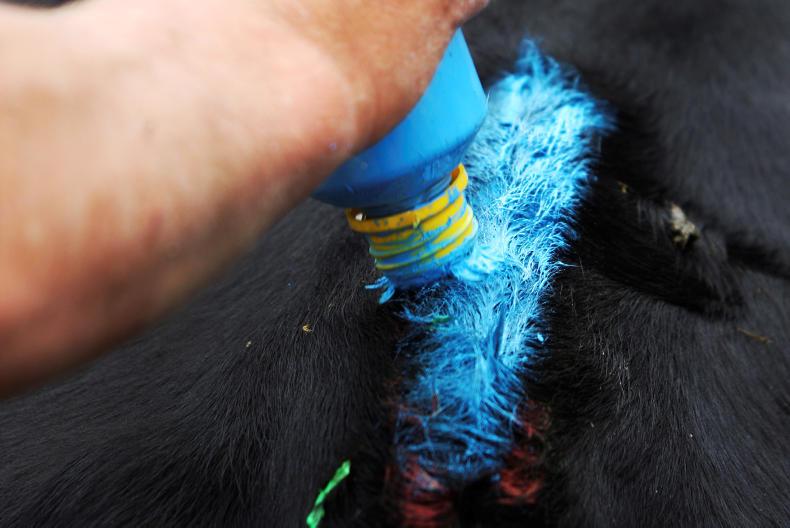
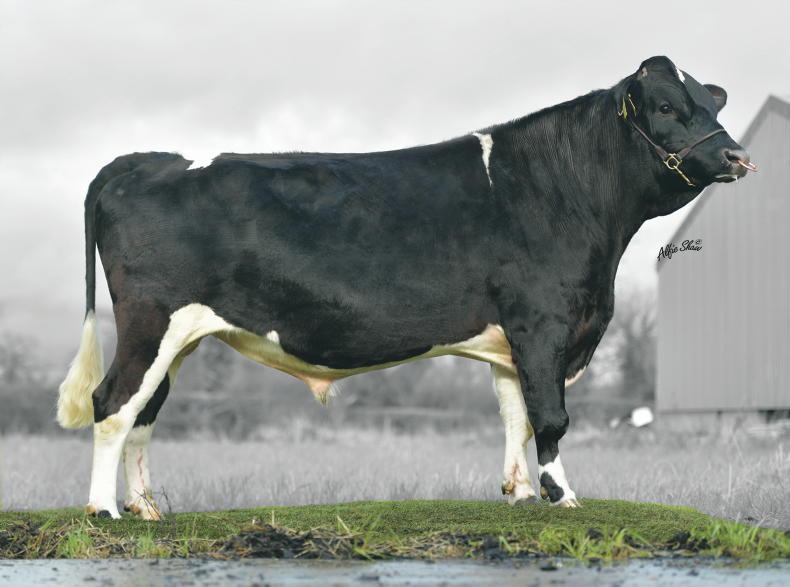

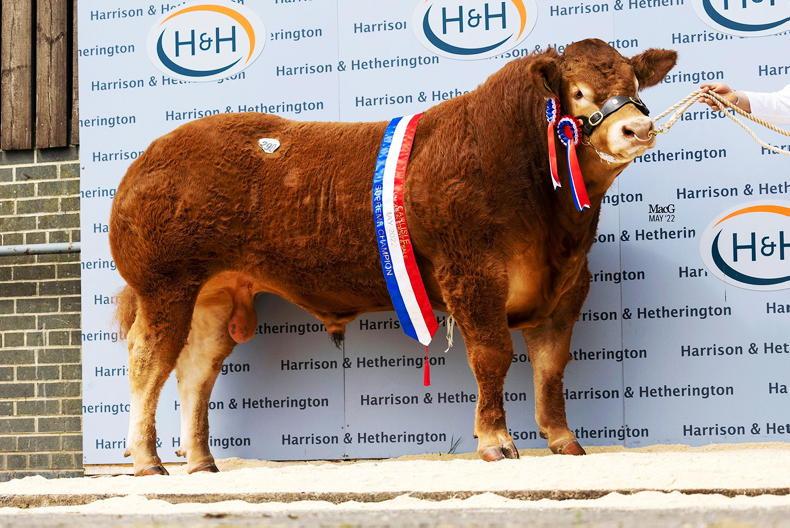
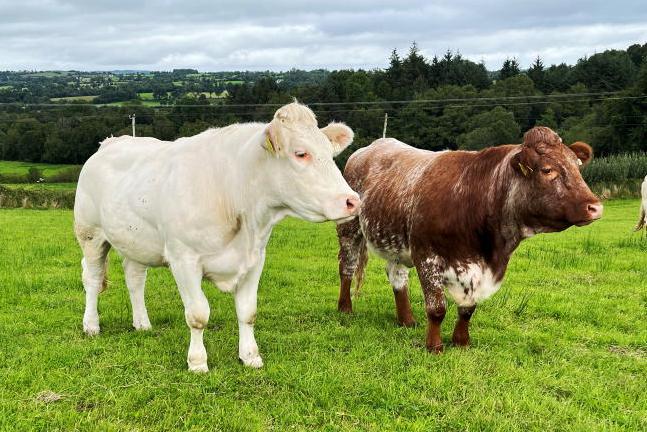
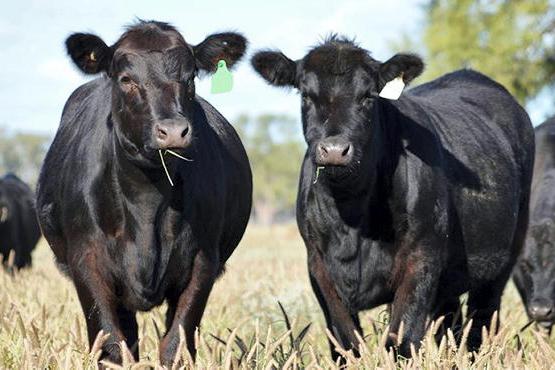
SHARING OPTIONS